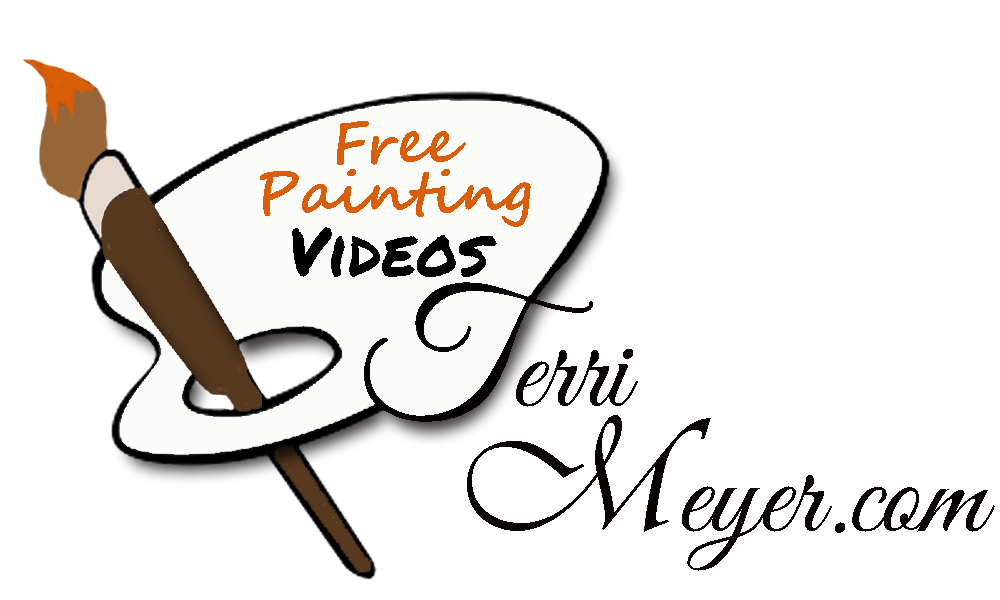YES! Because you are learning a new skill, a different way of painting and seeing. It is similar to switching paint mediums, such as going from oils to watercolor. Until you learn how to approach and control the paint, you will be frustrated with the results. There will be a learning curve.
When I first started to paint plein air in 2007, I was a studio painter who used reference photos. An artist friend invited me to paint plein air with a group of artists at a plein air event. Thinking this would be easy and I’d pump out some fantastic paintings, I was quickly was humbled. My paintings were terrible, so bad that I didn’t show them to anyone. After my first humbling experience, I reevaluated my skill set. I realized I was not confident in drawing from life. Basically, I felt overwhelmed and like a failure as an artist. After that pivotal moment, I continued to dabble in plein air, but did not improve much, until I decided to strengthen my weak areas in drawing, perspective and understanding color/value for creating dimension in my paintings. I studied books, watched videos but most of all practiced what I was learning. Making a commitment to go outdoors on a weekly schedule was the best teacher. Also painting with artists that were more accomplished than I assisted in growing my skill set faster.
My advice, don’t give up, learn to strengthen you artistic skills that are weak. In the end it will make you a better artist overall in and out of the studio. To me learning is the cornerstone of my artistic journey. I still have much to learn and creating YouTube videos assists me in mastering new skills as I teach my limited knowledge to others who are striving to grow.
If you are a studio painter, then you are used to using a reference photo with all the proportions, color, value, and composition already established. You are painting in a controlled environment, with no concerns of the wind, sun, changing light, temperatures or curious children or adults. This all interrupts your flow in the creative process and can be frustrating.
Plein Air Painting is an entirely different process than studio painting. First you have to narrow down your subject into an area that is going to fit your canvas or paper size. Using a view finder or your camera to assist in finding the right composition is very helpful. However I caution that you don’t use this photo to paint from as it hinders the plein air experience. Otherwise you might as well go back to the comfort of your studio and paint. I’ve seen a lot of plein air painter do this, which only impedes their ability to truly paint plein air.
Once you make a decision on the composition, create a quick value sketch in the proportions of your canvas or paper size, annotating the position of the sun, shadows and highlights, as these will change quickly depending on the lighting. Cloudy days will allow your scene to stay constant, although you will not get the wow factor of the lighting.
Once you are satisfied with your composition, transfer the design to your substrate (canvas, paper, etc). This is your road map to start the painting. Use whatever method you prefer, pencil, thinned paint, charcoal, pastel pencil, etc.
Also I recommend an umbrella to shield the sun from your body as well as your painting surface. Having direct light on your substrate will alter the painting colors when you view them indoors. What looked fantastic outdoors, might read poorly indoors.
Artists start their painting differently. Since I am a pastel painter, I like to work from the top down, starting with the sky, then blocking in each area to get an overall sense of the scene, then I go back in with the details in each area, working on the background and then into the foreground, finishing with highlights and the darkest tones. Use whatever method is comfortable for you as you are developing your unique style that you use in the studio to the outdoors..
After completion of a plein air painting, I take it back to the studio and look at the overall composition with a fresh eye, making a few minor adjustments if it needs it. Many times I am satisfied with the original results, as it keeps the freshness of the scene without over working it in the studio.
If you use this approach, be consistent, it will produce good results and build confidence working outdoors.
Happy painting! I hope to see you at the easel…..
